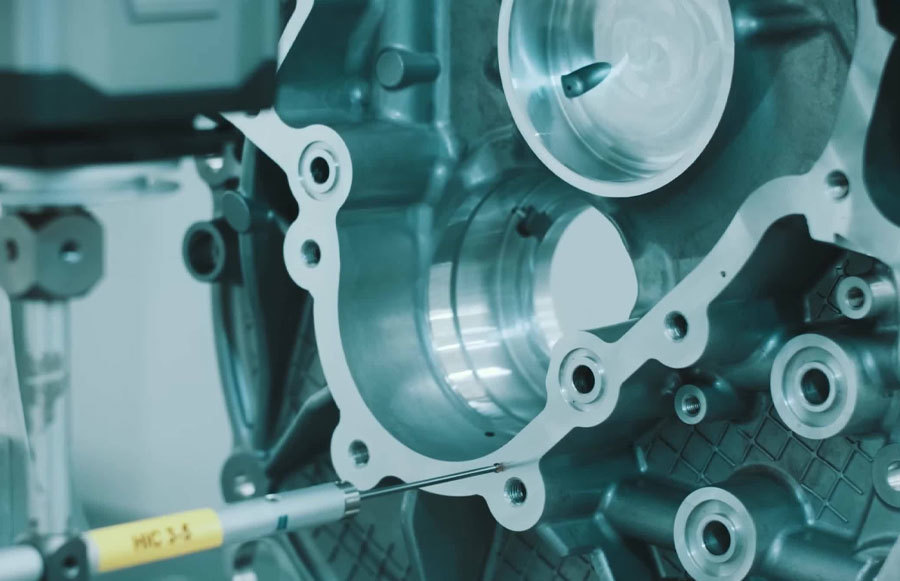Causes of deformation of castings and their solutions

Casting deformation is one of the common defects in casting. Unfortunately, after more than a dozen processes, you find that the customer's requirements cannot be met due to the deformation of the casting. Today, we will roughly discuss the causes of deformation of castings and their solutions. I hope this article is helpful to you.
Castings often experience different degrees of deformation, such as bending, warping, twisting deformation, dents, irregular circles and ovals, and uneven wall thickness, which are all called deformation. The degree of deformation of the casting is usually relative to the overall deformation. In addition, the situation that does not conform to the drawing size due to the change of the external size is called deformation.
Cause of Casting Deformation and Its Solution Rule of Casting Deformation
It is not difficult to find that the deformed product is usually thick and concave. And thin-walled products are mostly convex.
Hazards of Casting Deformation
The deformation of the casting will cause the product size to not meet the drawing requirements and affect the processing of subsequent products. Part of the position deformation may also affect the clamping, resulting in deviation after processing. Severe deformation of the casting may cause insufficient machining allowance, and may even cause the casting to be scrapped, resulting in roughness and processing loss.
This shows that the control of casting deformation is very important. Casting stress is the main cause of casting deformation. Therefore, reducing and preventing casting stress is an effective measure to prevent casting deformation. However, it should be noted that the casting stress can only be reduced and not completely eliminated.
Causes of deformation of castings
1. Wax mold deformation. Since the wax mold is produced in the production process, it needs to be taken and placed. In this process, if the mold is not installed correctly, when the wax mold is not completely cooled, it is easy to deform due to external force. Placement after mold removal is also important.
2. Deformation caused by product structure. For some products with uneven wall thickness, the wax mold and the pouring process will have a shrinkage process. The shrinkage rate of the wall thickness position will be greater than that of the thin wall position, resulting in problems such as sagging and deformation.
3. Deformation caused by placing the mold shell after pouring. The mold shell has just been poured for a long time, and the product still maintains a high temperature. If we cannot place it standardized and stack it together, it will exert external force on our casting, and the casting is cooling and solidifying. The properties of the casting are not completely stable, resulting in deformation of the casting.
4. Deformation caused by improper operation of workers when cleaning sand and shaking the shell. Under the high frequency vibration of the shell vibrator, the casting is unstable, resulting in deformation of the casting.
5. Deformation caused by heat treatment. The main reason is that the strength of the casting decreases after thermal expansion and softening during heat treatment. The deformation of the casting is caused by its own gravity, or it may be caused by the release of the stress accumulated in the structure during the deformation of the structure. This deformation has a great influence on the size and shape of the casting.
6. Deformation caused by welding of wax models and group trees. This deformation mainly occurs in products with multiple pouring risers and complex structures. Due to the external force during the welding process, the two gates that should be on the same straight line seem to be bent.
7. When processing the shell, the deformation caused by improper operation of the coated shell. In the process of shell making, there are problems with the mixing and drying of the slurry, which will expand the product, which is also a deformation.
8. Deformation caused by subsequent processes. In the post-treatment process, excessive shot peening and a large number of product stacks can cause deformation of the casting.
Key words:
Next page:
Recommend News
Share To




